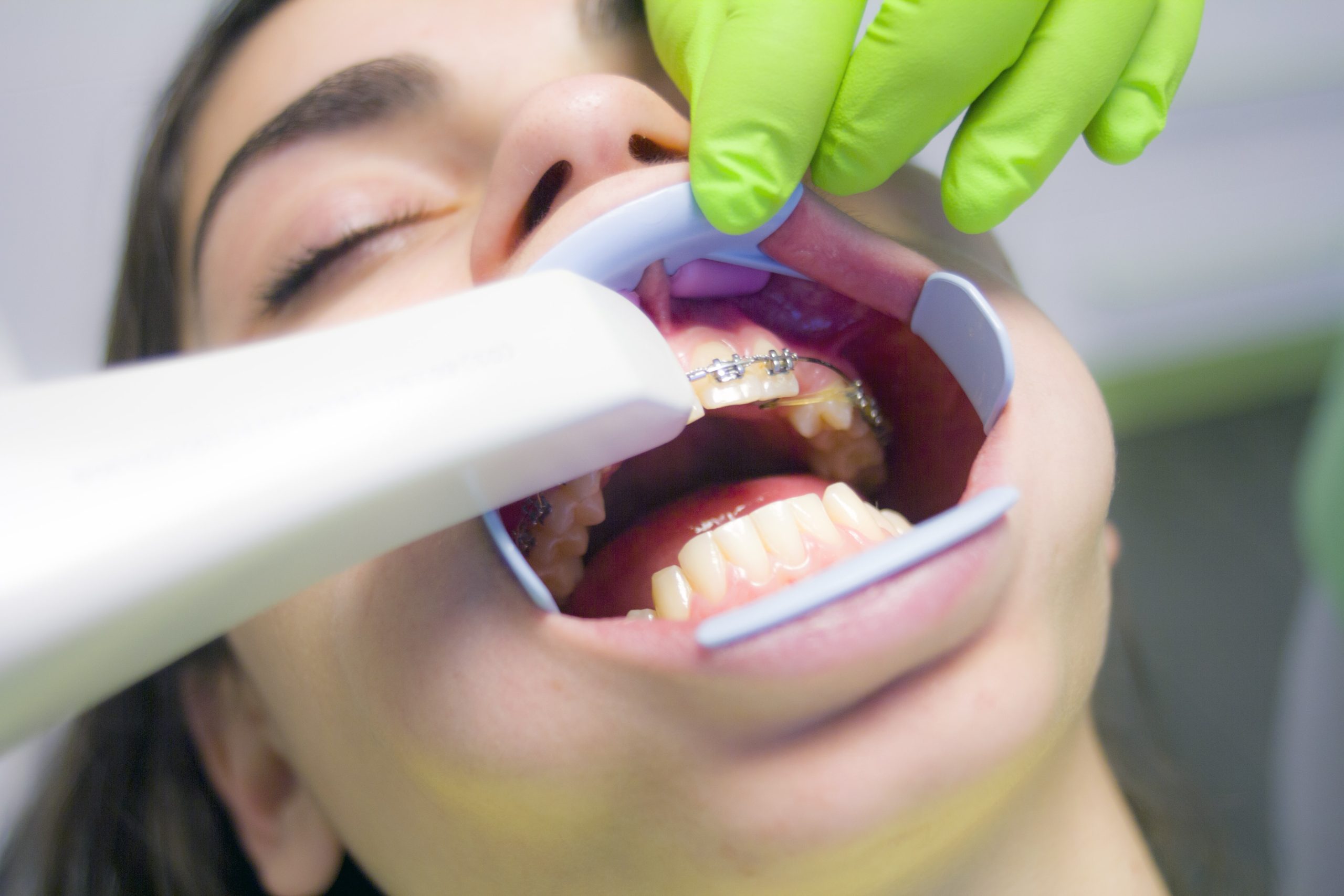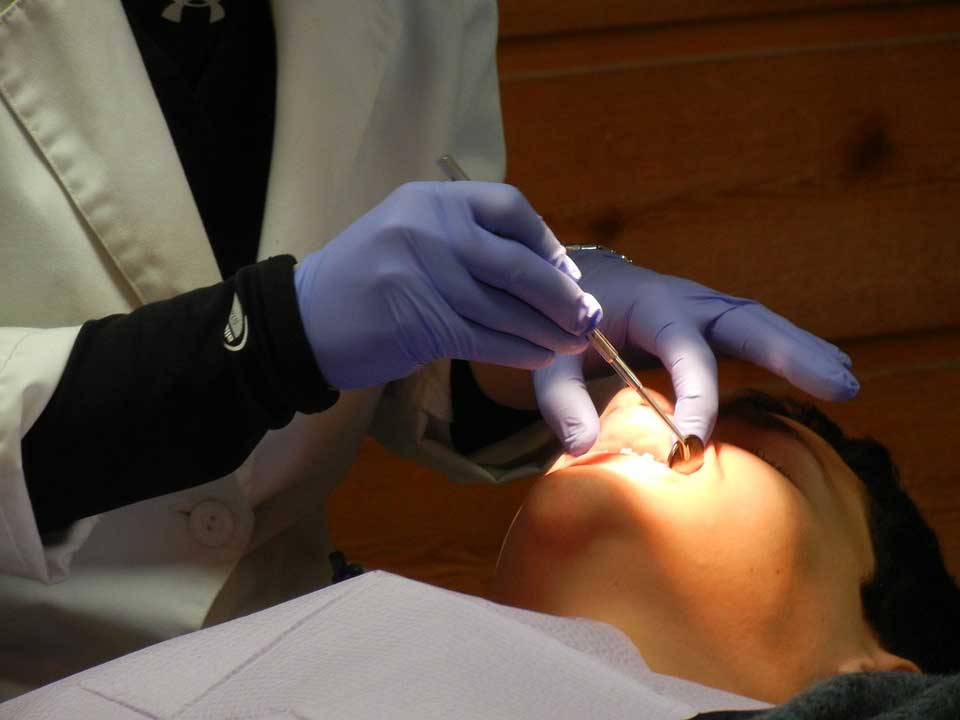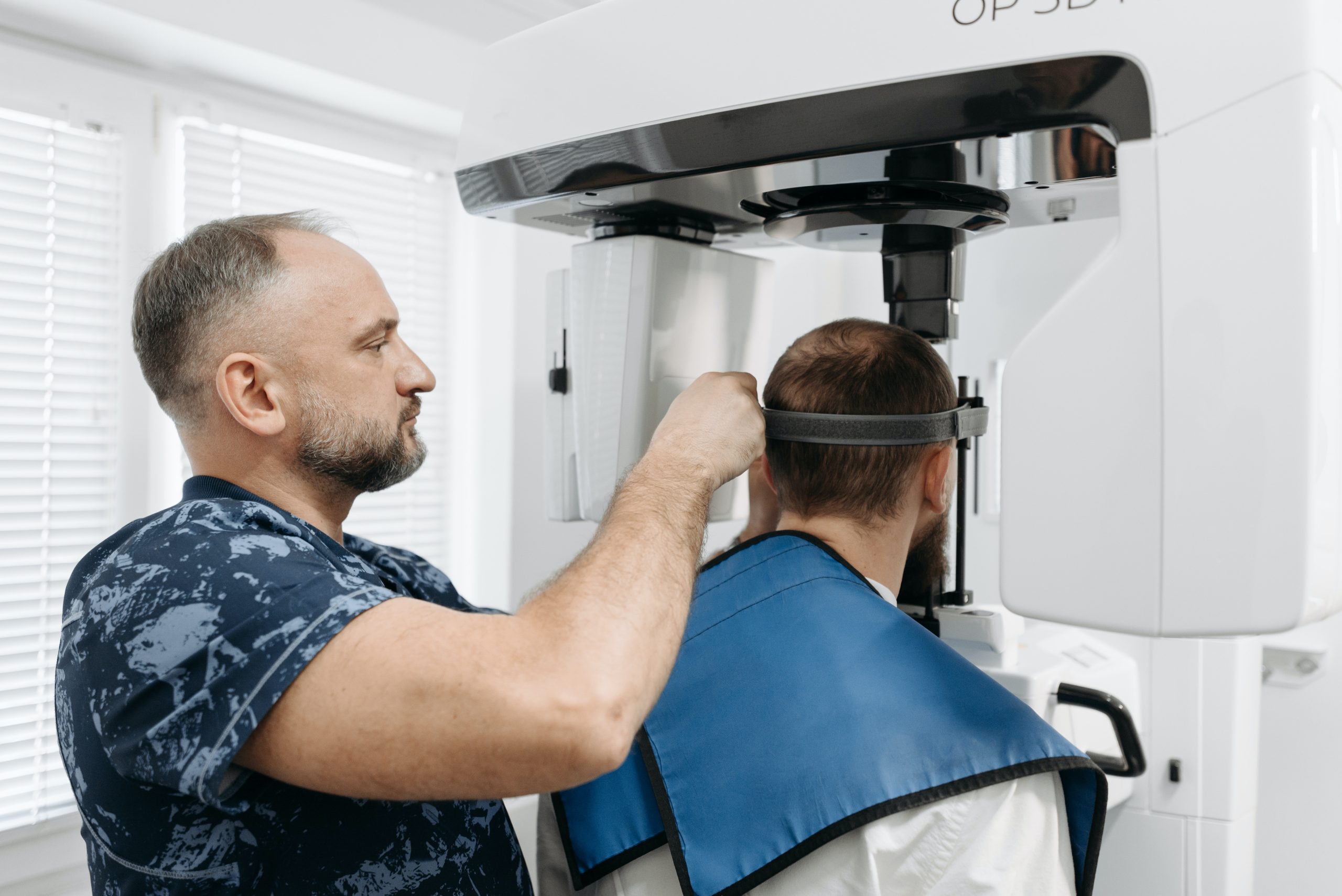
Can Early Orthodontic Intervention Help Prevent Future Dental Issues in My Child?
Maintaining your child’s dental health is essential for their well-being, both now and in the future. One crucial aspect parents frequently overlook is early orthodontic intervention, such as Invisalign treatment or traditional braces, which can prevent a range of dental problems as your child grows.
This article will delve into early orthodontic treatment, discussing its benefits, how it works, and its impact on a child’s dental development.
So, let’s dive in and learn why this proactive approach may be advantageous for your little one’s smile.
Understanding Early Orthodontic Treatment
Early orthodontic or interceptive treatment involves identifying and addressing dental issues while a child’s teeth and jaws are still developing. This approach typically consists of two stages: interceptive treatment, which occurs before all permanent teeth have erupted, and comprehensive treatment, which occurs once all permanent teeth are in place.
Early orthodontic treatment can involve:
- Monitoring jaw and tooth development to evaluate the need for comprehensive orthodontic treatment.
- Widening of the palate to make room for overcrowded teeth.
- Correcting thumb-sucking habits or other issues that could affect normal dental development.
- Using removable appliances, such as retainers and headgear, to redirect jaw growth and correct misalignment before all permanent teeth have erupted.
Key Dental Issues in Children
Orthodontic issues often arise in children due to genetics, premature loss of baby teeth, or habits like thumb-sucking. Common conditions include:
- Malocclusion (misaligned bites)
- Jaw alignment problems
- Overcrowding
- Crossbite
- Overbite
- Underbite
Detecting and addressing these problems early can help prevent more severe issues in the future.
Common Orthodontic Appliances for Early Intervention
Some of the orthodontic appliances used during early interventions can be:
- Expanders (to widen the upper jaw)
- Space maintainers (to preserve space for permanent teeth)
- Partial kids braces (to shift specific teeth into proper alignment)
- Removable retainers (to help guide the eruption of adult teeth)
These devices help guide the teeth and jaw into a more functional and aesthetically pleasing position.
Benefits of Early Intervention
Providing early orthodontic intervention can offer numerous advantages for your child, including:
- Preventing more severe dental issues later in life
- Shortening overall treatment time and reducing complexity
- Enhancing your child’s appearance and self-esteem during their crucial developmental years
The Role of Pediatric Orthodontics
Pediatric orthodontics focuses on identifying and treating dental issues that arise during childhood. Unlike general dentists, pediatric orthodontists receive specialized training to understand the unique needs of children in terms of growth patterns, oral habits, and treatment approaches.
Here’s how they can help:
1. Assessment and Treatment Planning
A skilled orthodontist can assess a child’s dental development and determine if early intervention is necessary. This process may include visual exams, dental X-rays, or teeth impressions. Based on this information, the orthodontist can create a personalized, comprehensive treatment plan that best suits your child’s needs.
2. Developing Proper Oral Habits in Children
Encouraging good oral habits in your child is crucial to ensure a healthy dental future. Early orthodontic intervention can help promote these habits by addressing any issues obstructing healthy dental development. Parents can play a significant role in reinforcing correct dental hygiene routines, such as regular brushing, flossing, and visits to the dentist.
3. Establishing Healthy Jaw Growth
Once a pediatric orthodontist has identified any dental issues, they may recommend appliances such as expanders or braces to redirect jaw growth and correct misalignment. This is especially important for children whose jaws are still developing, as their teeth will be more susceptible to movement during this stage.
Timing and Effectiveness of Early Orthodontic Treatment
The ideal timing for early intervention will vary from child to child. However, it is generally agreed that early orthodontic treatment is most effective when the child is between 6 and 10. A skilled orthodontist can observe permanent teeth erupting during this period and recommend any necessary interventions to ensure healthy development. If done correctly, early intervention can help prevent more severe dental problems from occurring in the future.
Some common concerns and misconceptions about early treatment, such as delaying treatment until all permanent teeth have come in, may prove counterproductive and result in more complex issues in the future.
Individualized Approach: Considering Each Child’s Unique Needs
Every child’s dental development is unique. It is crucial to consider each child’s specific needs, growth patterns, and dental conditions when determining the appropriate time and necessity of early orthodontic intervention.
An orthodontist for teens and pediatrics is best equipped to make these decisions and guide you through treatment. They will evaluate the child’s dental health and take impressions. This information allows them to create a personalized, comprehensive treatment plan that best suits your child’s needs.
Above all else, early interventions should be based on preventative care rather than reactive treatments. A timely diagnosis and treatment plan for children is key to successful outcomes and preserving their oral health into adulthood.
Financial and Emotional Aspects of Early Treatment
While early orthodontic treatment may involve some financial investment, weighing the long-term benefits against the potential costs of delaying treatment is essential. Moreover, early intervention can significantly impact your child’s emotional well-being as they grow, enhancing their appearance, self-esteem, and confidence.
In other words, the benefits of early orthodontic treatment can extend well beyond improving your child’s dental health. It is a worthwhile investment for both your child and your family as a whole.
Collaborating with Your Orthodontist
Choosing the right orthodontist for your child and maintaining open communication is essential to their treatment’s success. Discuss your concerns, expectations, and goals with your orthodontist to ensure your child’s dental needs are addressed effectively.
Before starting any orthodontic treatment, it’s crucial to find an orthodontist who is experienced, knowledgeable, and has a good rapport with both you and your child. Consider the following factors when choosing an orthodontist:
- Qualifications and experience. Ensure the orthodontist has received proper education and training from accredited institutions and has experience treating patients with similar needs as your child.
- Reputation. Ask for recommendations from friends, family, or your child’s pediatric dentist. Read online reviews and testimonials to gauge the orthodontist’s reputation within the community.
- Communication style. Look for an orthodontist who is approachable, patient, and takes the time to explain treatment options and procedures in detail.
- Comfort level. It’s essential that your child feels comfortable with the orthodontist, as they will be working together throughout the treatment process.
Importance of Regular Dental Check-ups and Monitoring
Regular dental check-ups and ongoing monitoring of your child’s dental development are essential to ensure the success of early orthodontic intervention. Establishing a strong relationship with your orthodontist and dentist will help identify and address potential issues before they escalate.
During these visits, your child’s orthodontist can further assess their dental development and progress, make any necessary adjustments to the treatment plan, and guide them on maintaining a healthy smile.
Debunking Myths and Misconceptions about Early Orthodontic Treatment
Several myths and misconceptions surround early orthodontic intervention, such as the idea that it is unnecessary or might prolong treatment time. However, studies have consistently demonstrated the benefits of early treatment in preventing more severe issues and achieving better long-term results.
Conclusion
Early orthodontic intervention has the potential to pave the way for a healthier dental future for your child. By addressing dental concerns like malocclusions and jaw misalignments sooner rather than later, you can help prevent more severe issues from developing and secure your child’s confident smile. Remember, the first step towards a successful treatment is choosing the right orthodontist and proactively maintaining your child’s dental health.
A brighter, healthier smile awaits!














